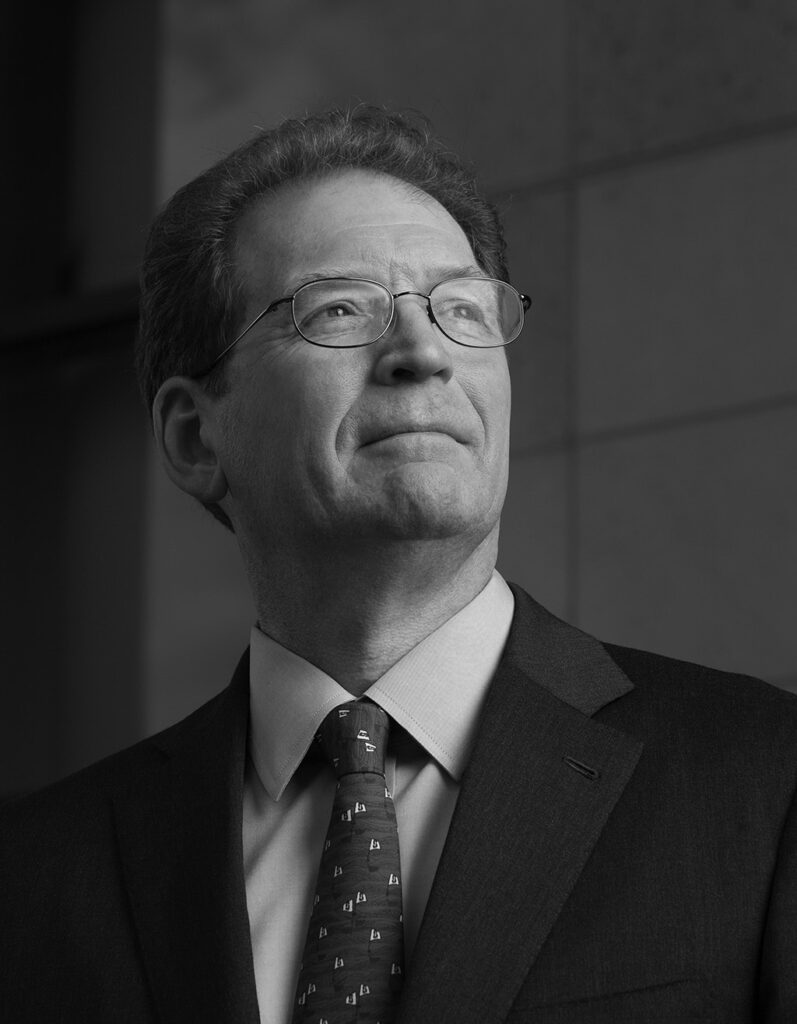Opening our black box
Advances in brain science are guiding us to better understand and treat neurological conditions
Letter from the Dean
It was a eureka moment that shaped my early career. I was in an undergraduate bioengineering course, and the professor was using mathematical and bioengineering models to help us explore the vestibular system.
I was fascinated by the complex yet elegant sensory system that is responsible for our sense of balance and spatial orientation. Its neural pathways stabilize our gaze when outside forces jostle us, enabling us to see while out on a morning jog or read a GPS while driving on a bumpy road. I came away from the experience with a passion to more fully understand vestibular neurophysiology.

The human brain and nervous system form an astonishingly intricate network of billions of cells. It is also the original black box. For centuries, even as science revealed the workings of the rest of the human body, the brain remained stubbornly mysterious.
In the process, the brain has captured our imaginations, evolving from what Aristotle considered simply the body’s radiator to how we see it today: the matter that makes us individuals, containing the seat of intellect and reason, memories and personality, emotions and senses, our very consciousness.
More recently, imaging technologies and innovative research are shedding new light on how the brain works, letting us peer inside and reveal its secrets. The more we see, the more we realize how much more there is to learn. The brain’s abilities might be even more impressive than we imagined.
One of our most fascinating discoveries is that the brain isn’t as fixed and fragile as we once believed. The organ we thought was set in its ways by our late 20s is much more active — and resilient — for our entire lives.
This new understanding has led to transformative changes in how we treat diseases and problems of the brain. For example, decades of Stanford research drove a radical change in standards of care for stroke in 2018, opening treatment to tens of thousands of people who would otherwise have been told it was too late.
One of our most fascinating discoveries is that the brain isn’t as fixed and fragile as we once believed. The organ we thought was set in its ways by our late 20s is much more active — and resilient — for our entire lives.
Years ago, the intersection of research, technological innovation and luck translated into my development of a new treatment. In a span of weeks, two of my patients complained of mysterious and often bizarre symptoms — like hearing their eyeballs move in their sockets or seeing objects dance when they sang in the shower. I hypothesized that those seemingly unrelated issues might have the same source: the vestibular system.
Thanks in part to our earlier research and access to leading-edge imaging and digital technologies, my colleagues and I identified the problem: a hole in the inner ear canal. By defining the condition, superior canal dehiscence syndrome, and developing a surgical solution, we have helped thousands of people resume normal lives.
As a leader of Stanford Medicine, I am awed by how our health system drives neuroscience and biomedical research through robust, multidisciplinary efforts. Physicians and scientists make discoveries every day that increase our understanding of biological systems and lead to new surgical techniques, digital technologies and innovative therapies to restore function, fight disease and improve quality of life.
With each advance, we better understand the remarkable organ that is both mind and matter — and slowly open up the black box of ourselves.
Sincerely,
Lloyd Minor, MD
Carl and Elizabeth Naumann Dean of the School of Medicine
Professor of Otolaryngology — Head & Neck Surgery
